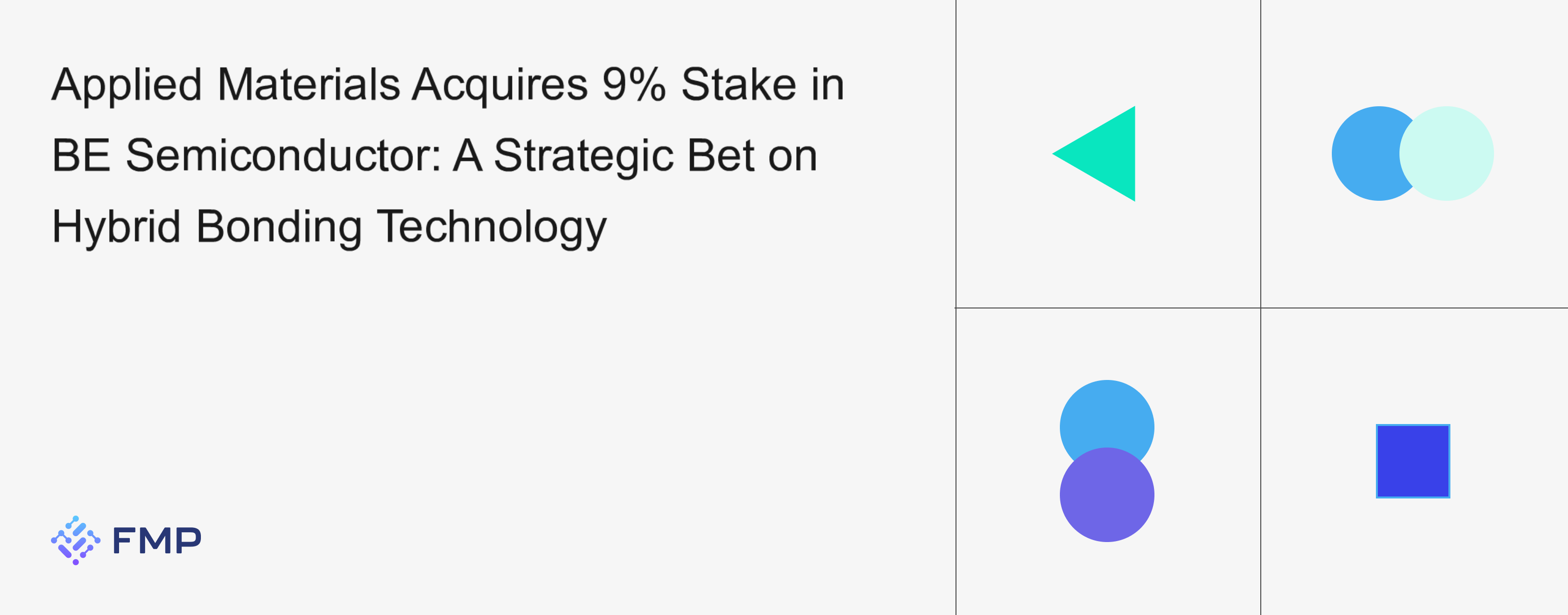
In a move that underscores the rising importance of advanced chip packaging, Applied Materials (NASDAQ:AMAT) has acquired a 9% stake in Dutch equipment maker BE Semiconductor Industries (AS:BESI), becoming its largest shareholder.
This strategic investment signals a clear alignment with hybrid bonding—a frontier technology rapidly gaining relevance in the race for AI chip performance and semiconductor miniaturization.
Why Hybrid Bonding Matters
Hybrid bonding enables chips to be stacked directly on top of each other, combining compute and memory units with ultra-fine interconnects. It marks a significant upgrade over traditional packaging techniques, as it happens closer to the front-end fabrication process.
BESI is globally recognized for manufacturing the most precise hybrid bonding tools, already used in products like AMD’s X3D processors, fabricated at TSMC—one of the most advanced foundries in the world.
Implications for AI and Semiconductor Innovation
Applied Materials’ investment isn’t just financial—it’s strategic. As AI applications demand higher throughput, lower latency, and tighter integration between memory and compute, hybrid bonding becomes a cornerstone for chips that can meet these specs.
According to Applied’s corporate VP Terry Lee:
“This is a long-term strategic move to co-develop the industry’s most capable hybrid bonding solution for advanced logic and memory chips — especially relevant in AI.”
Market Context:
Applied Materials’ stock is down ~11% YTD as of April 14, reflecting cautious guidance and headwinds from renewed U.S.-China trade tensions.
BE Semiconductor’s shares, on the other hand, jumped 7% following the announcement.
? Stay Informed with Data-Driven Insight:
Key Metrics (TTM) – Analyze margins, R&D efficiency, and return ratios for semiconductor leaders like AMAT and BESI.
Company Rating API – Track real-time strength ratings, risk factors, and analyst sentiment.
Final Thought
Applied’s move into hybrid bonding via BESI marks a shift in semiconductor strategy—from competing on core equipment to collaborating on breakthrough integration tech. As AI and HPC hardware evolve, this alliance may define how chips are designed and manufactured in the post-Moore’s Law era.

